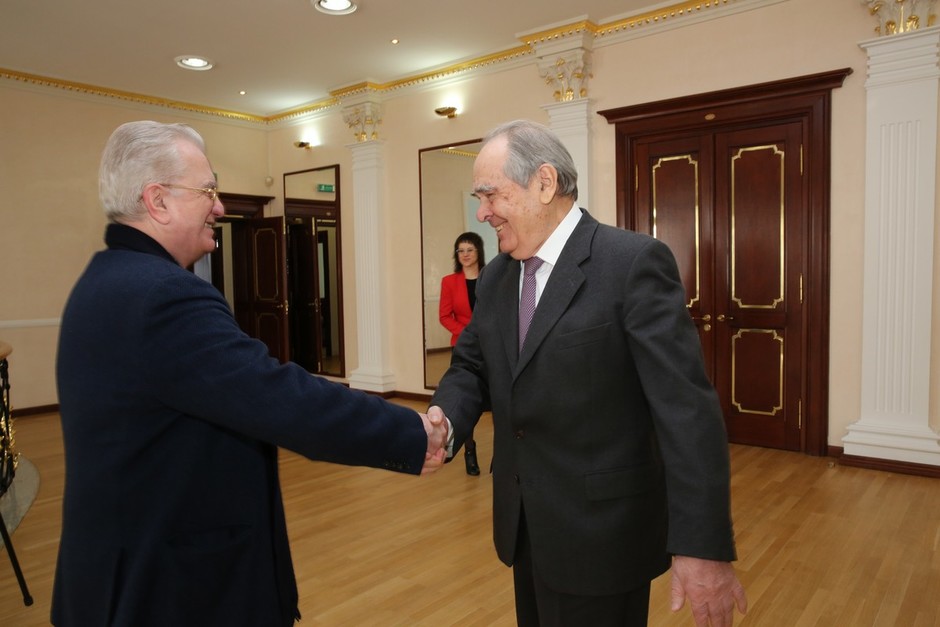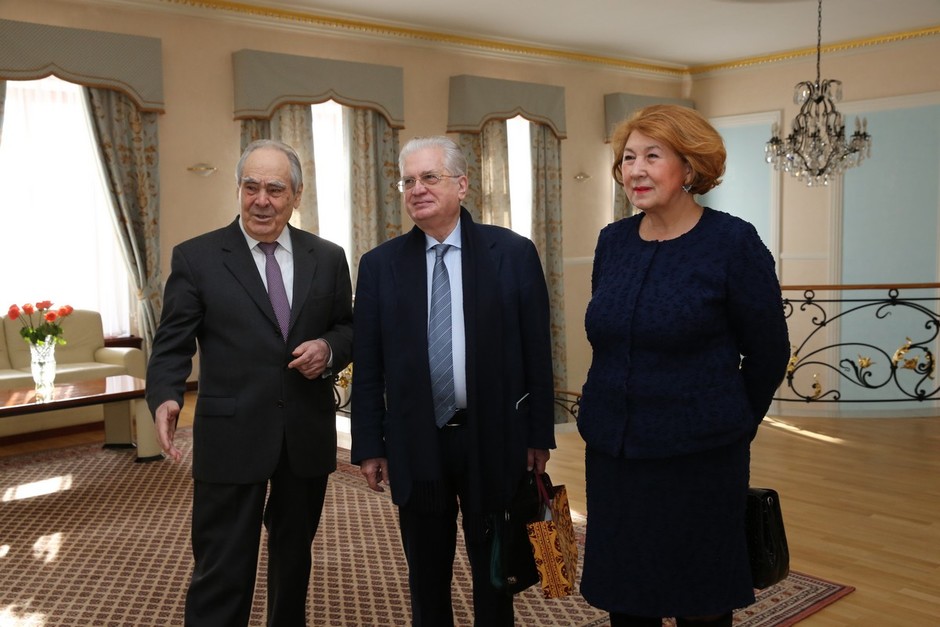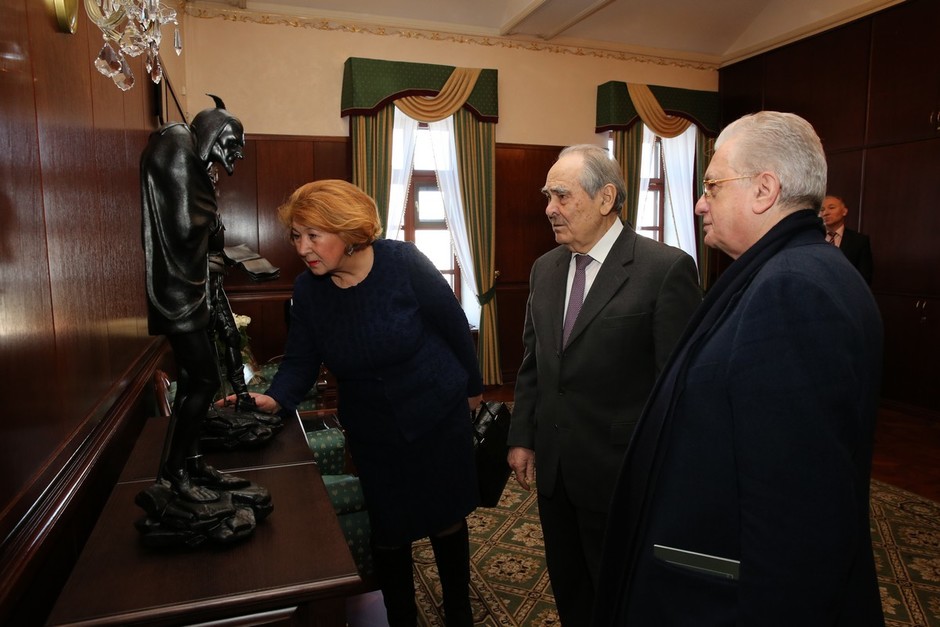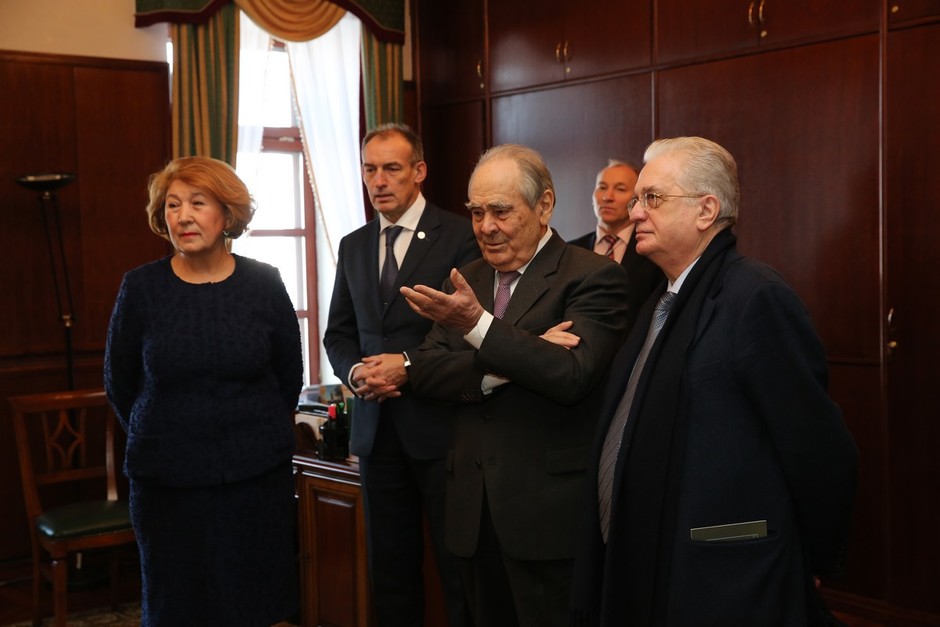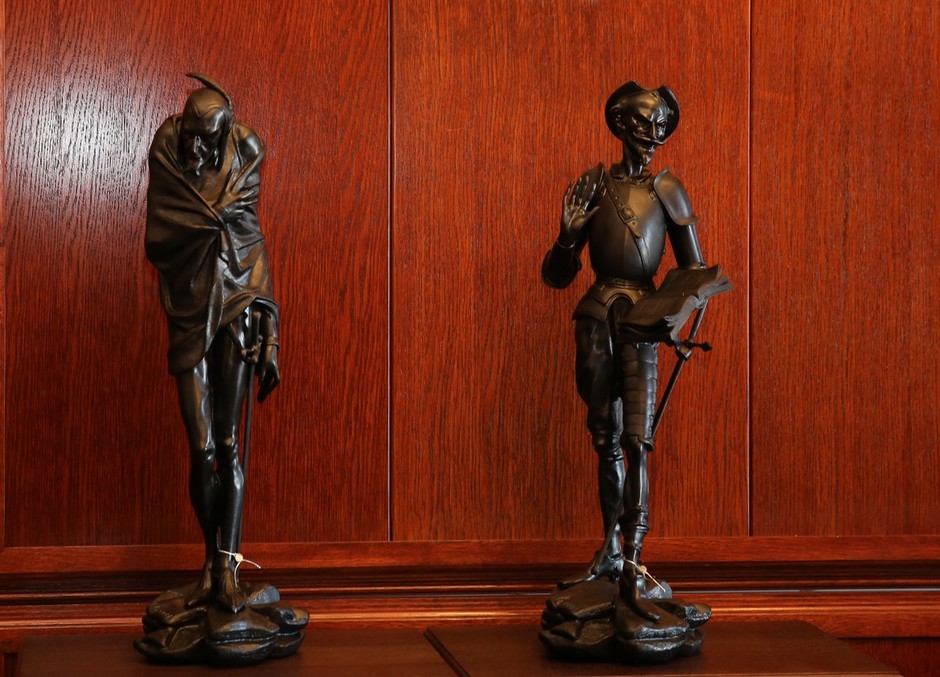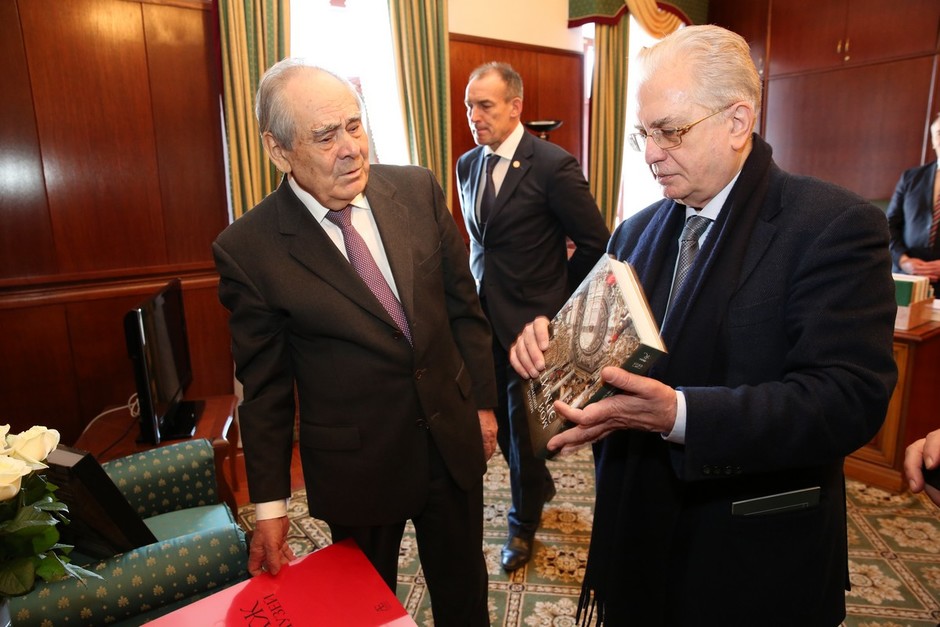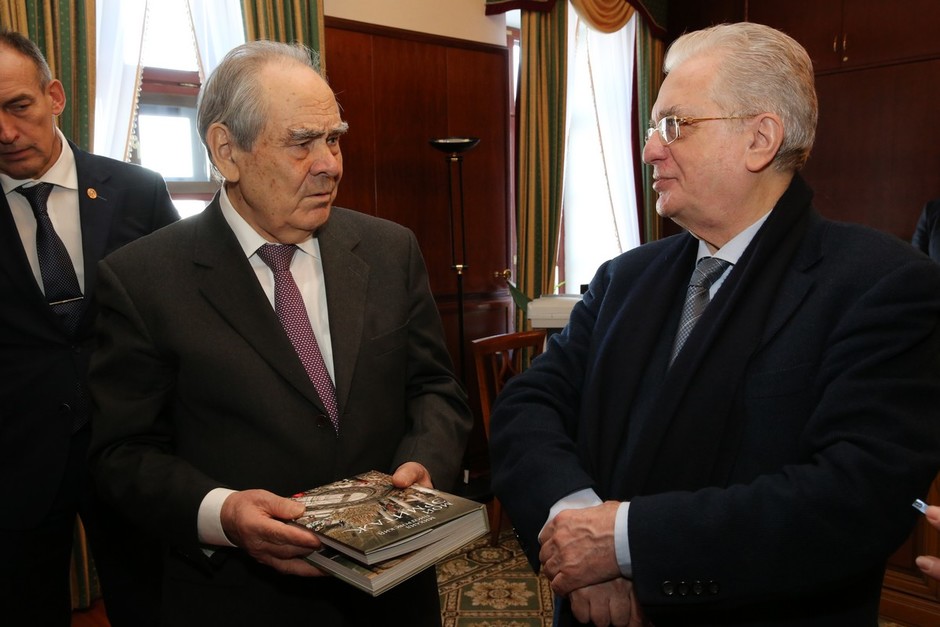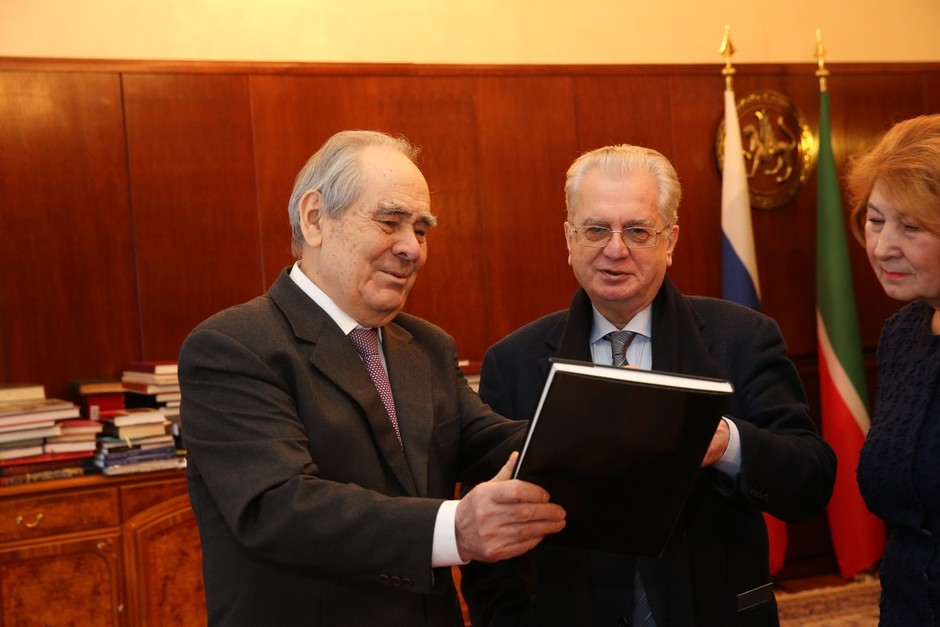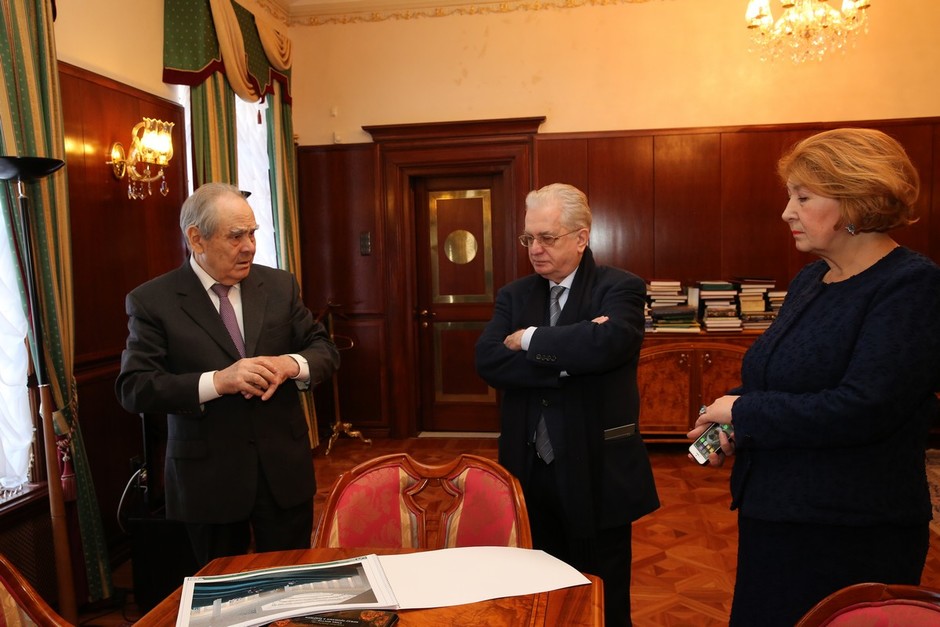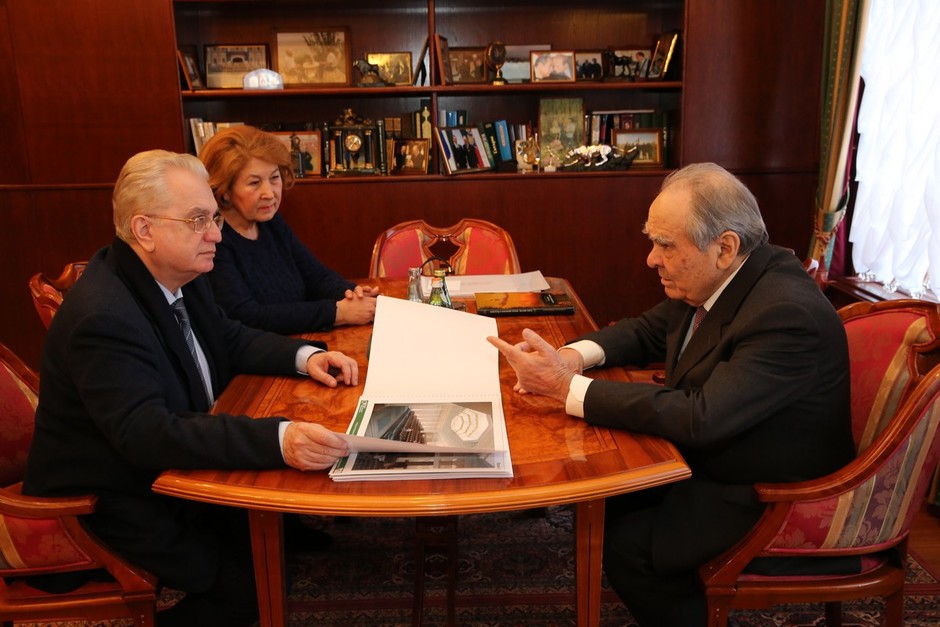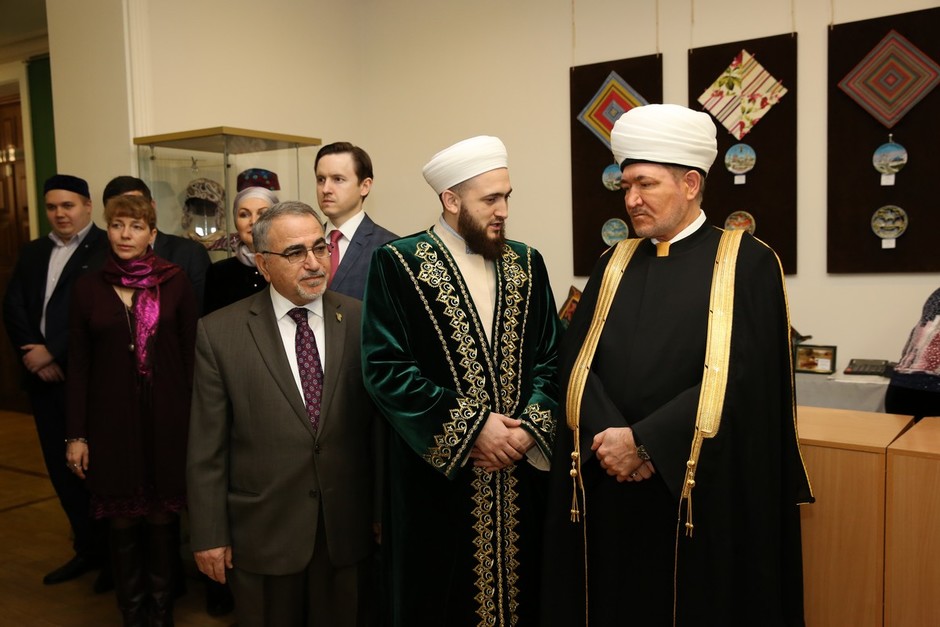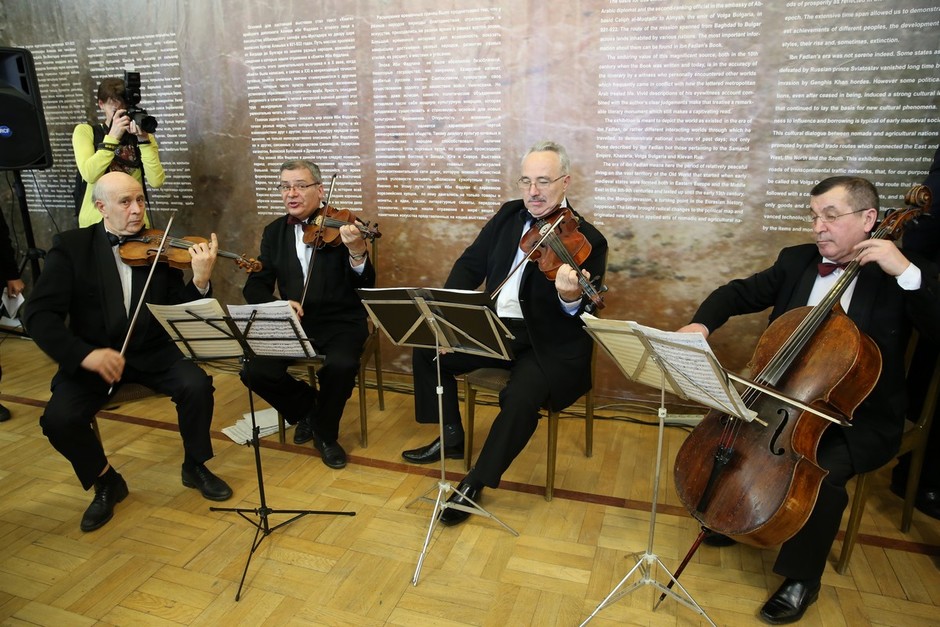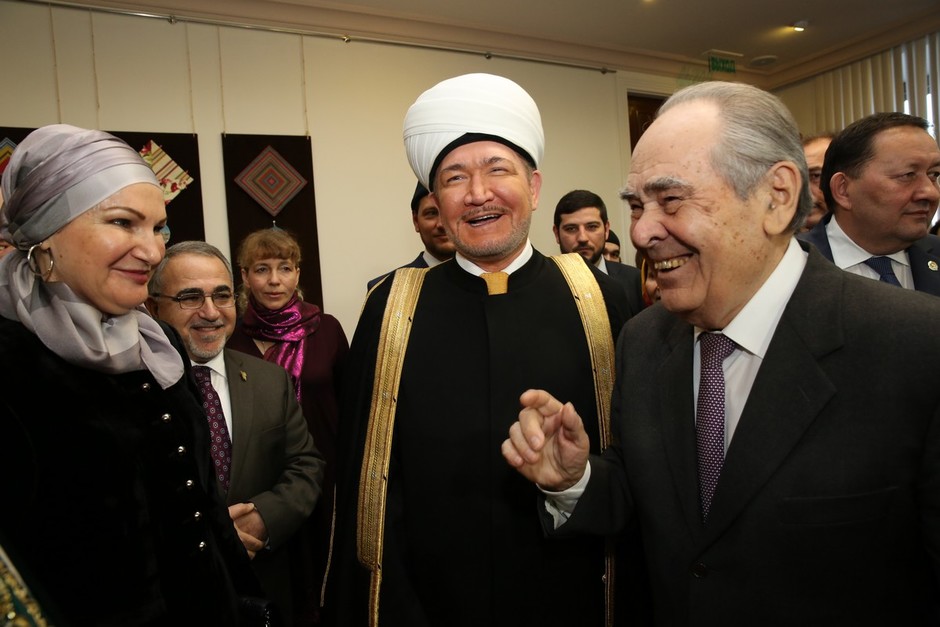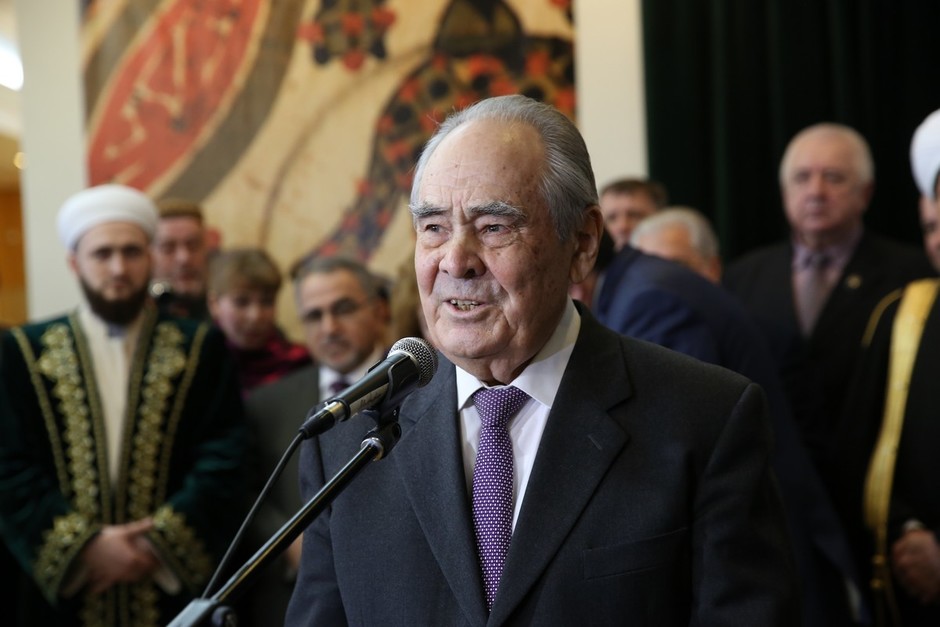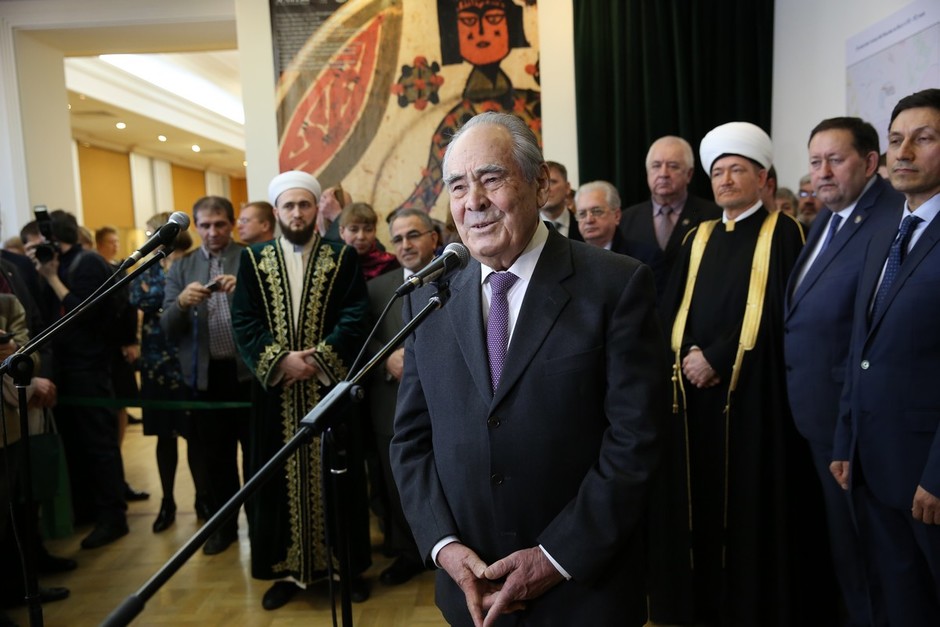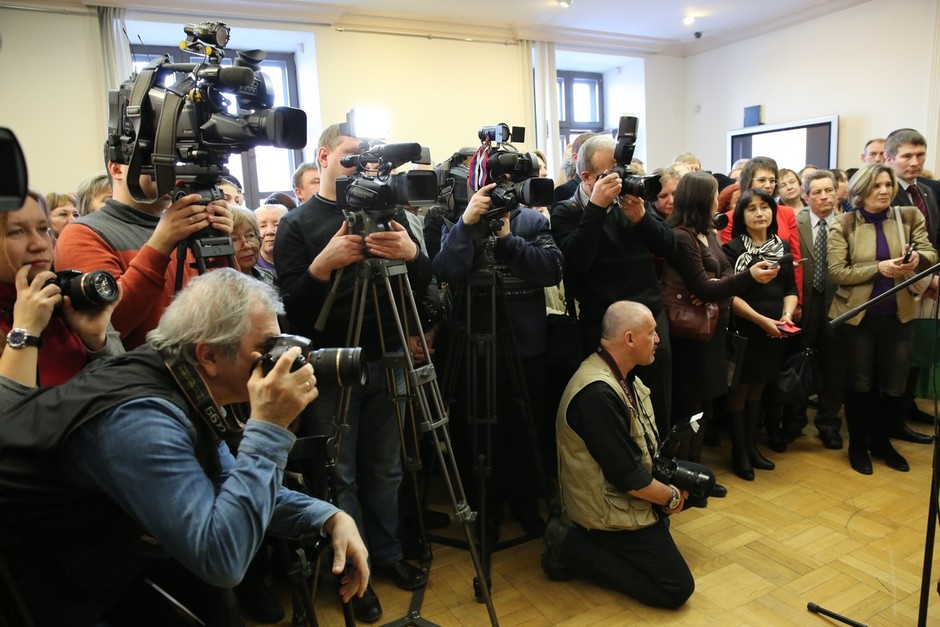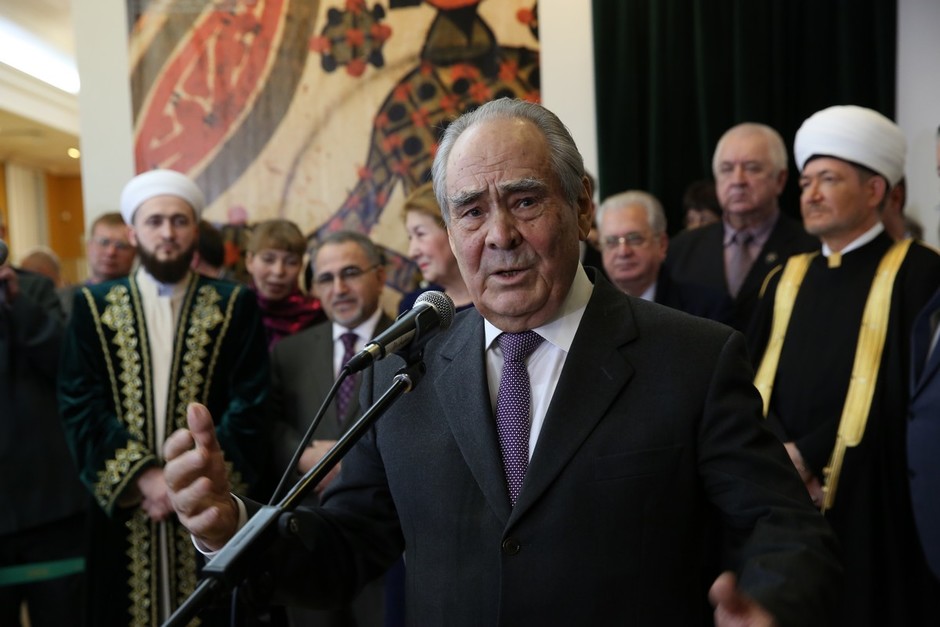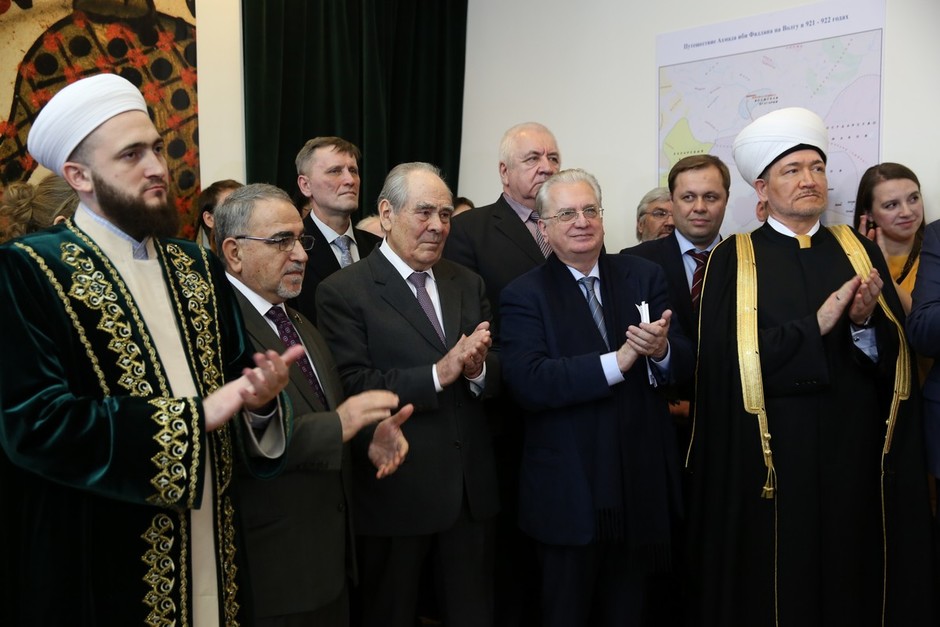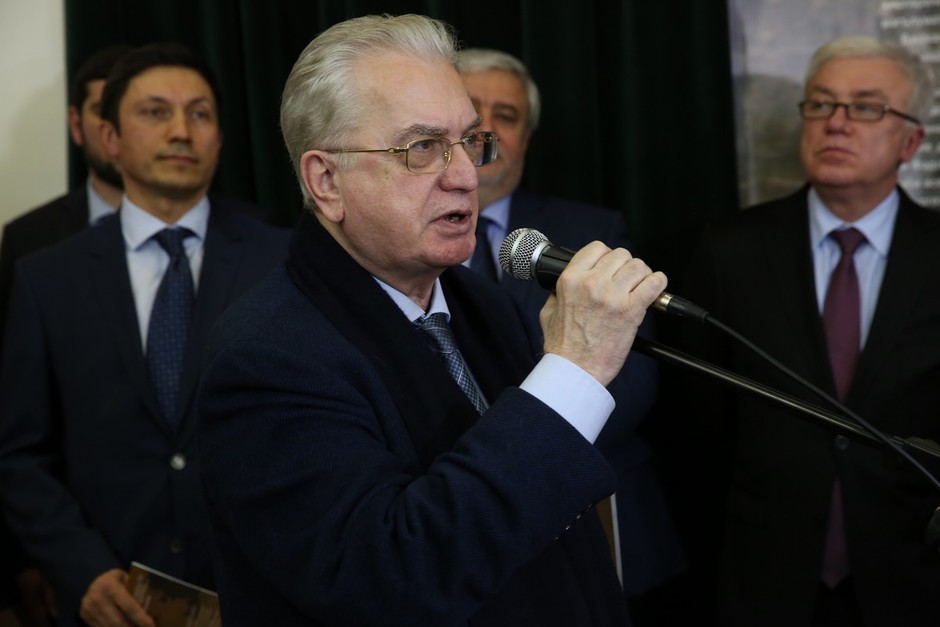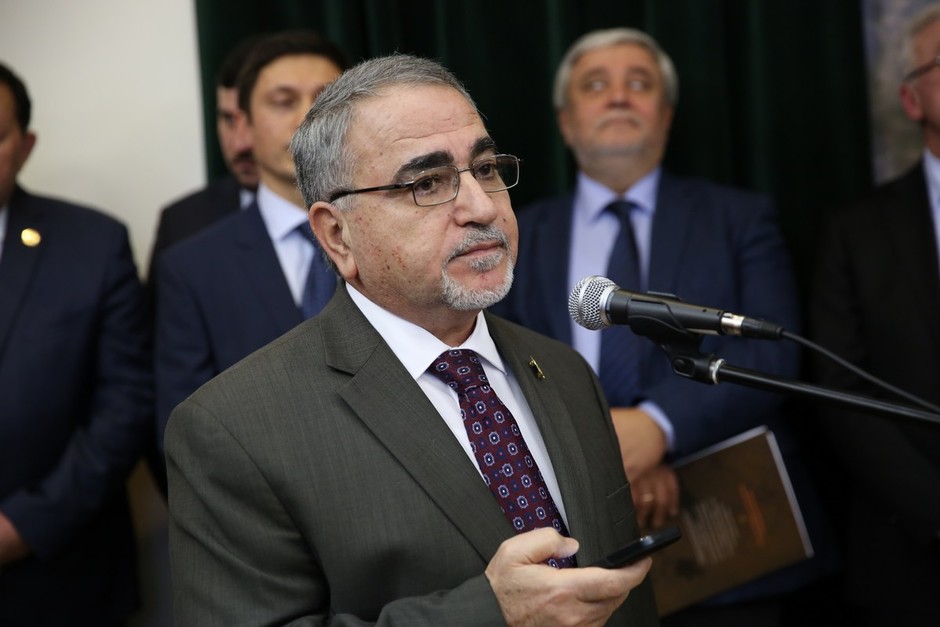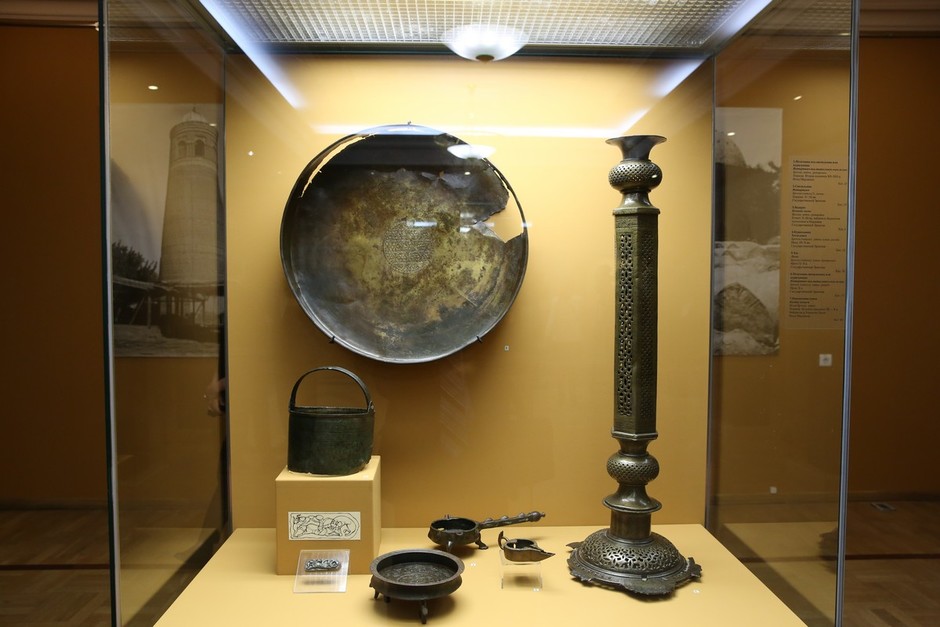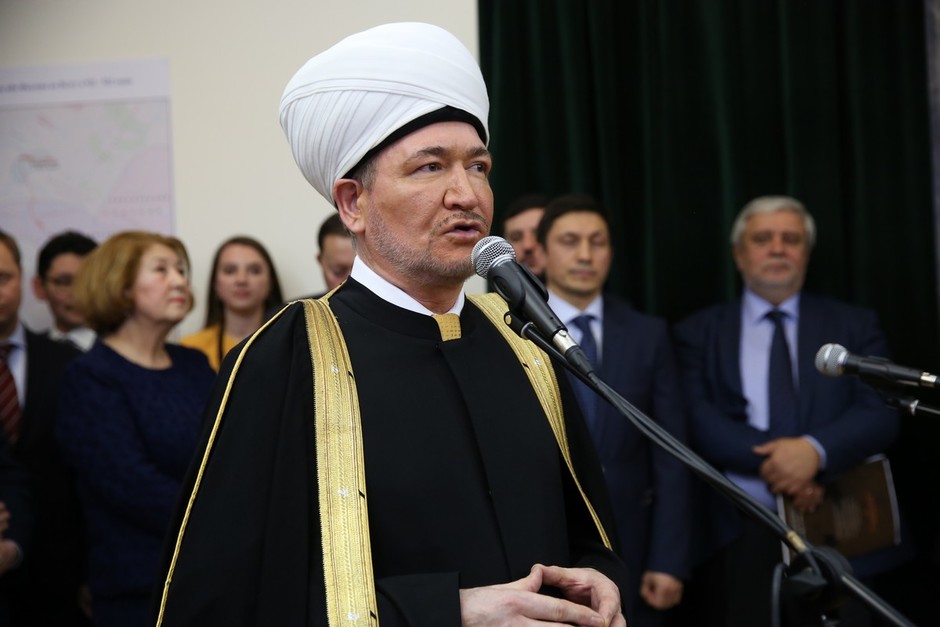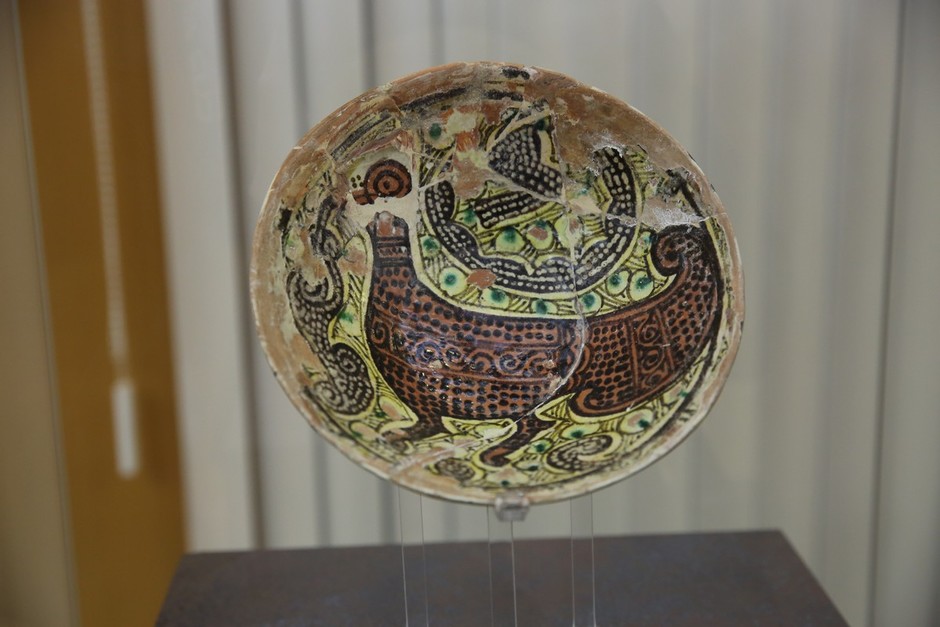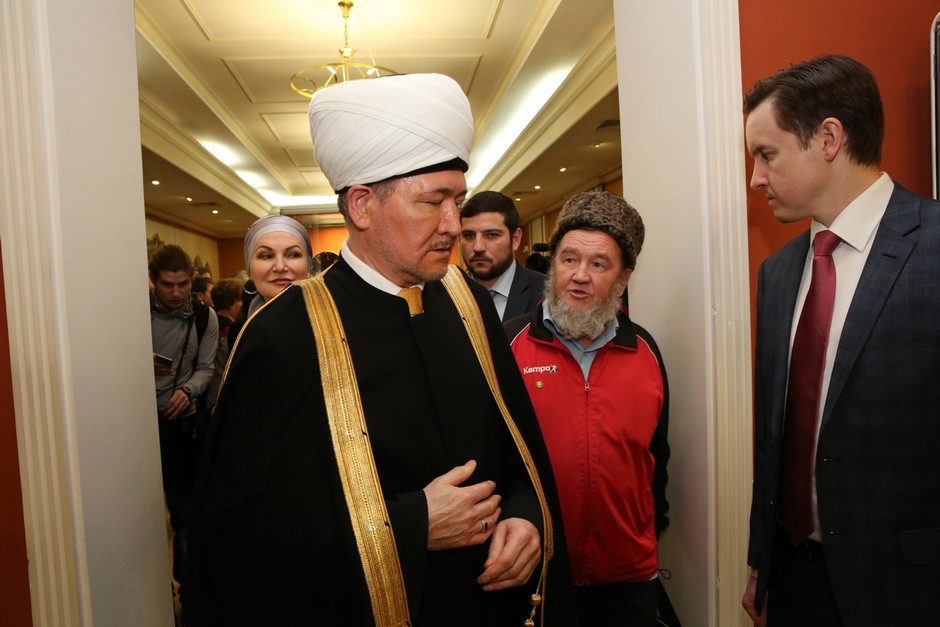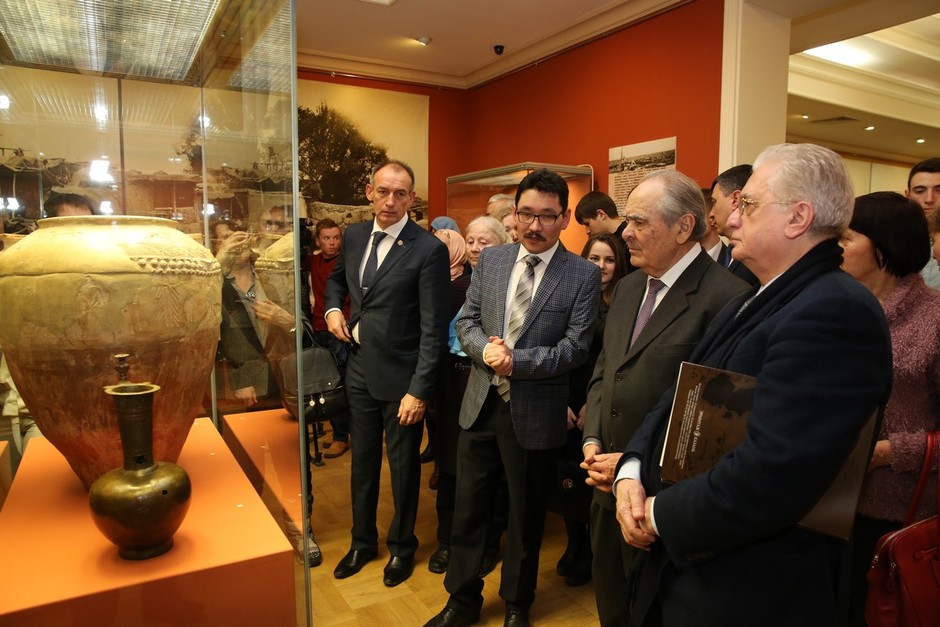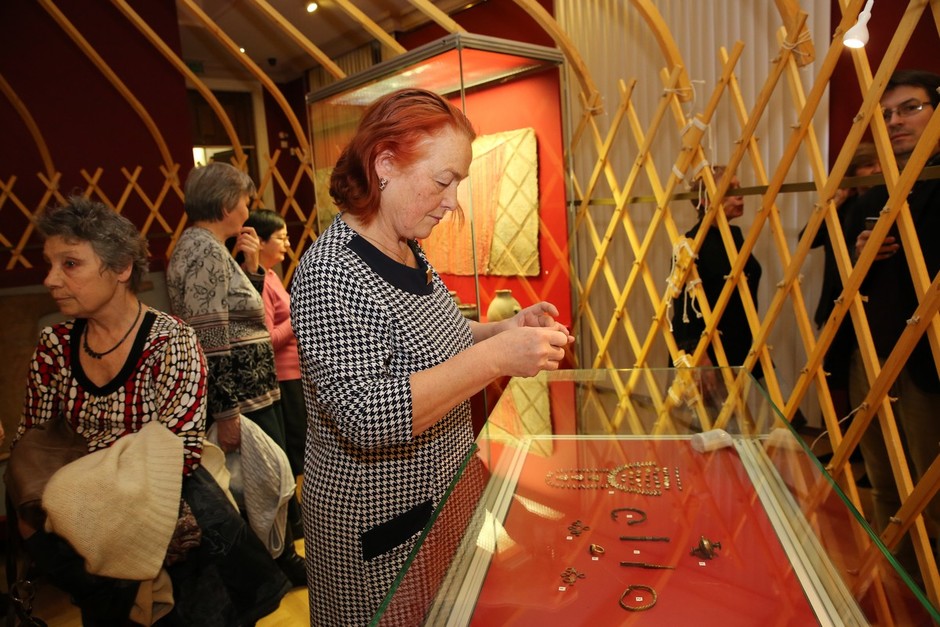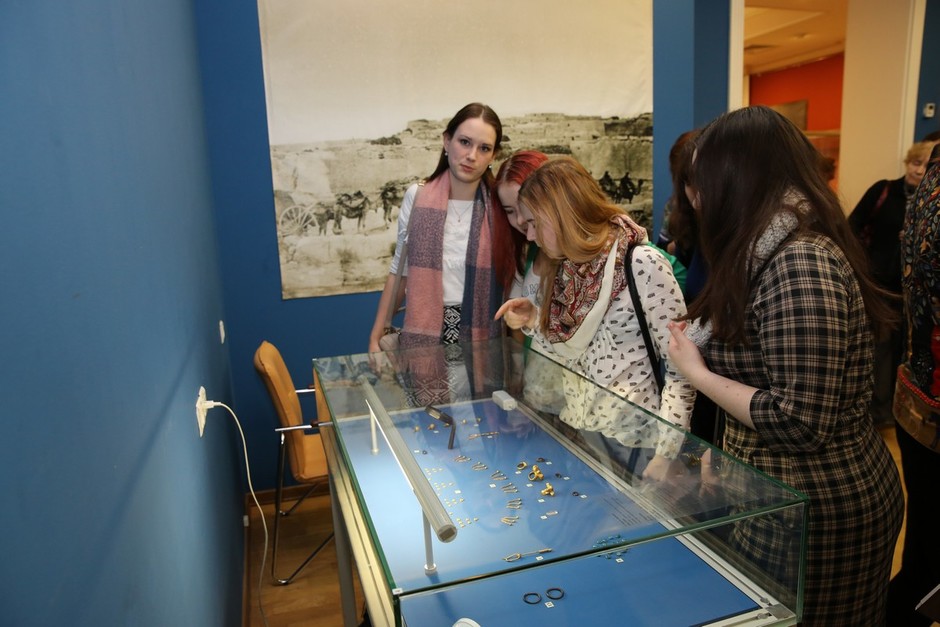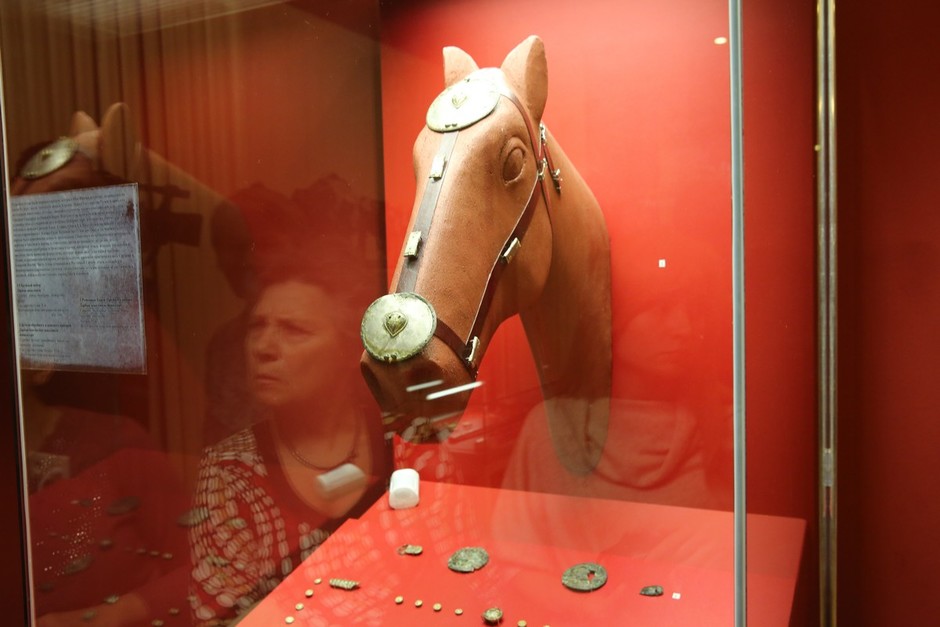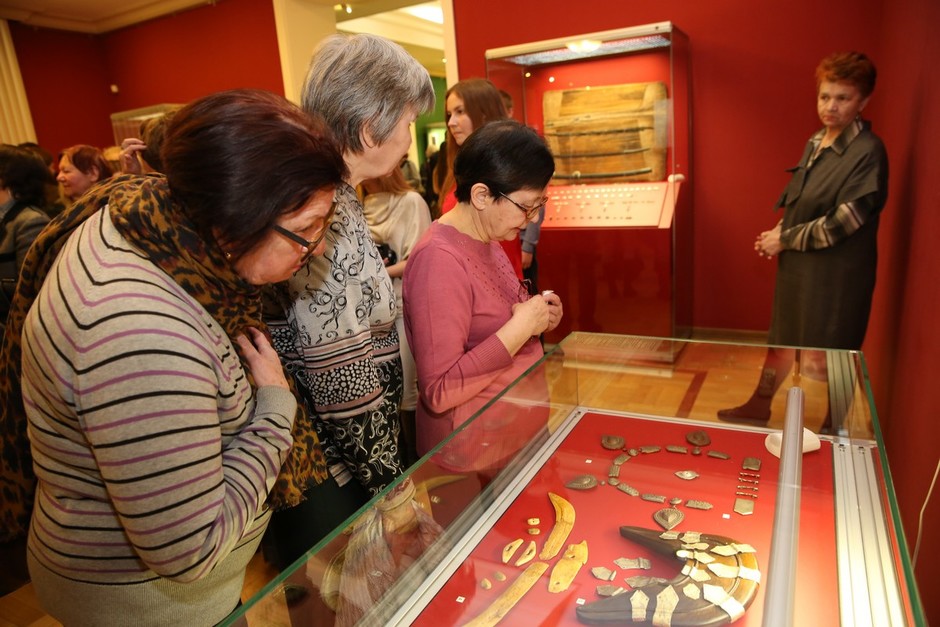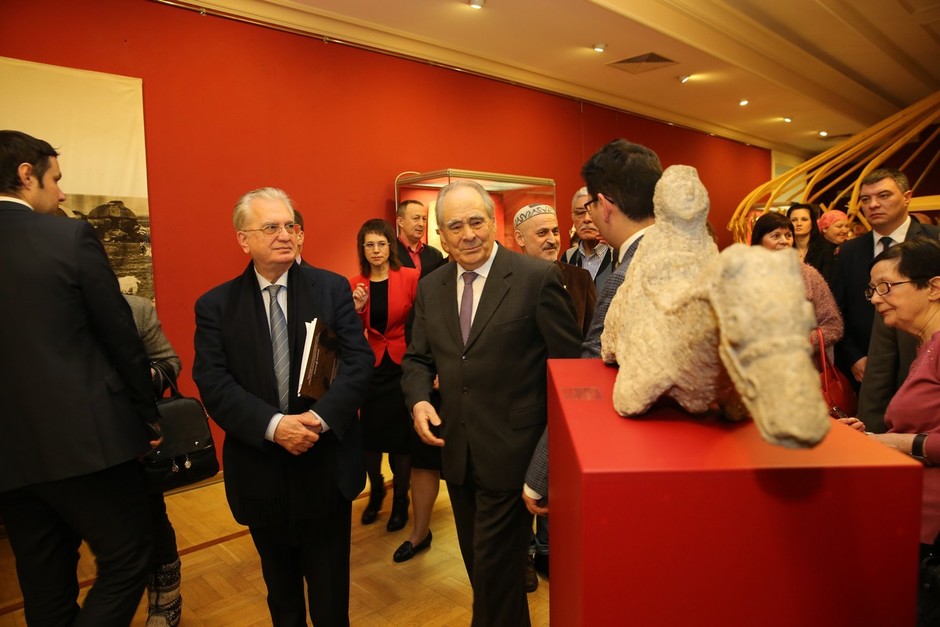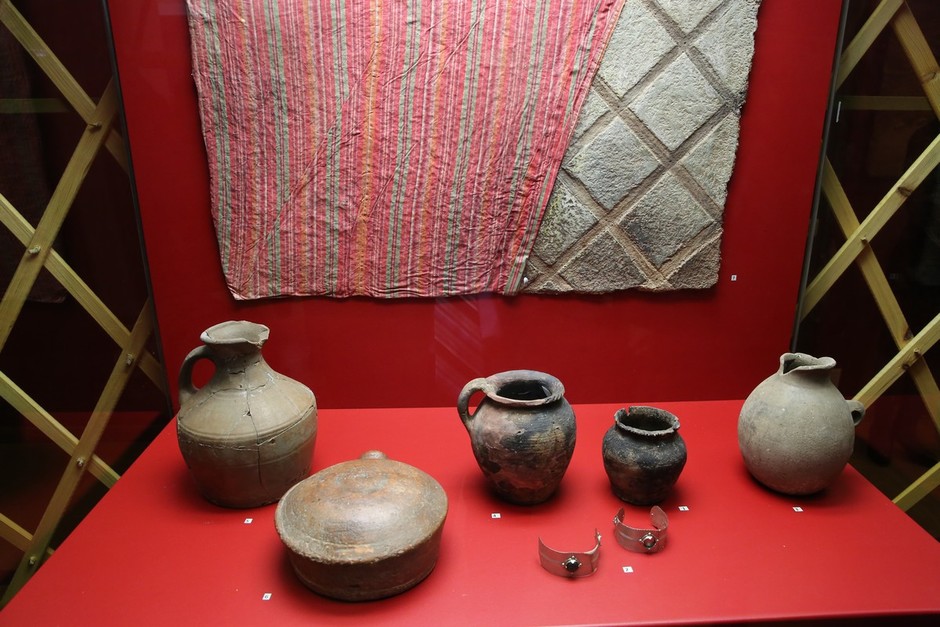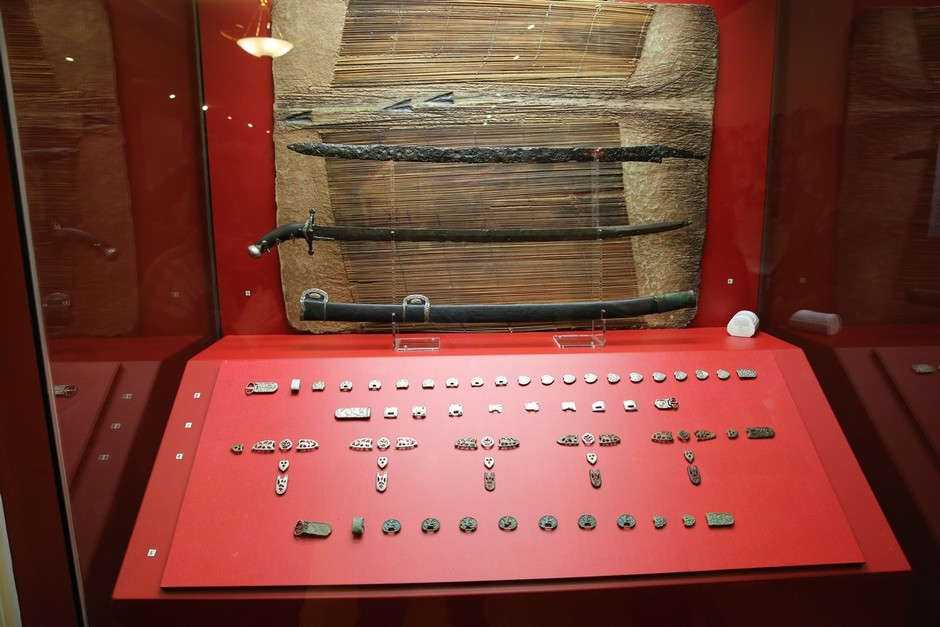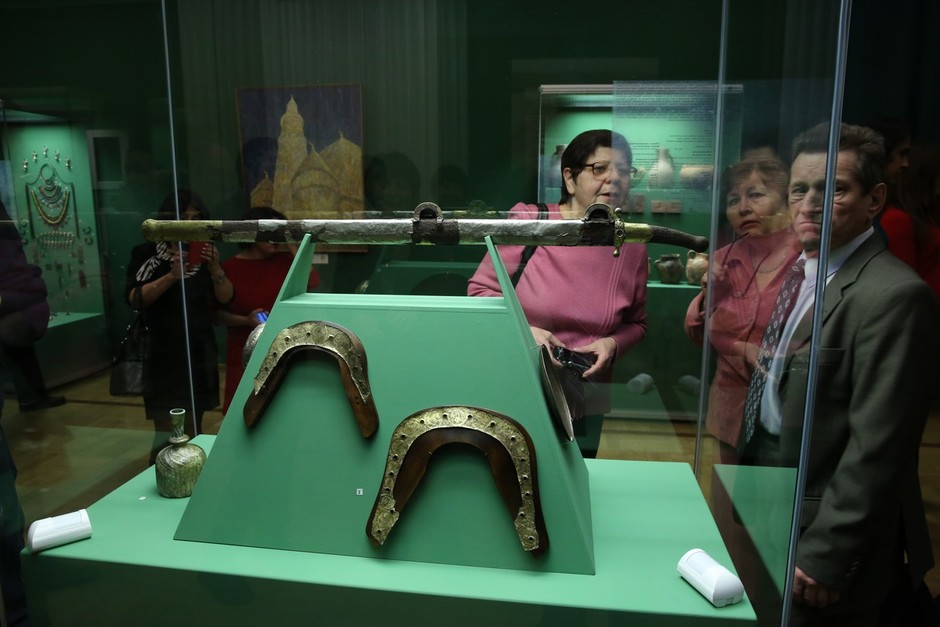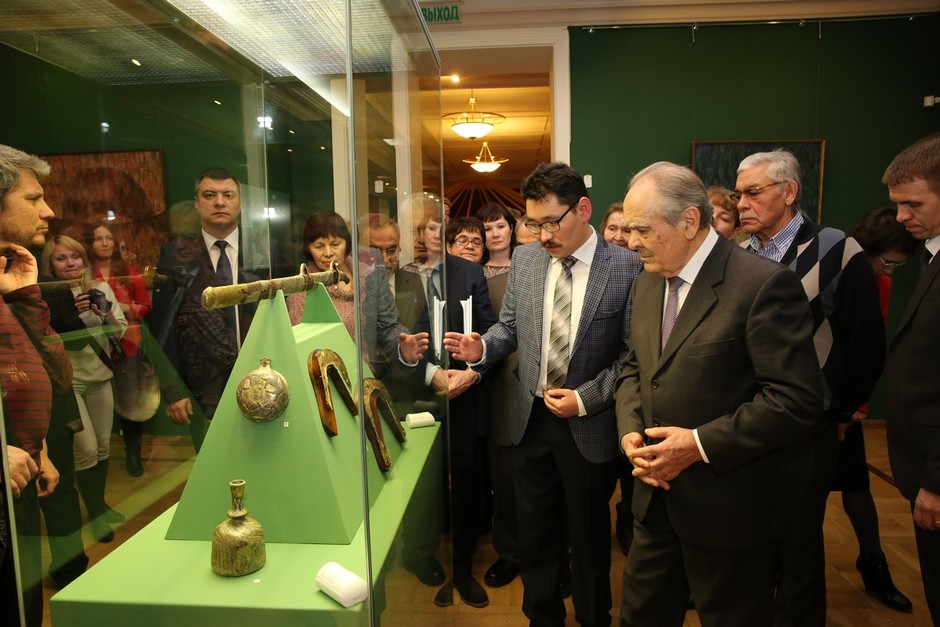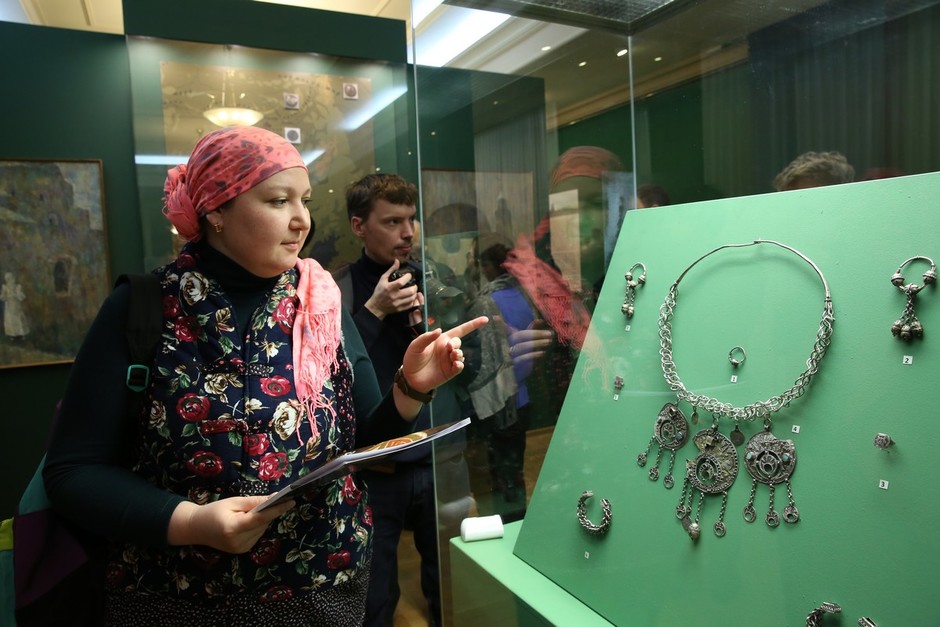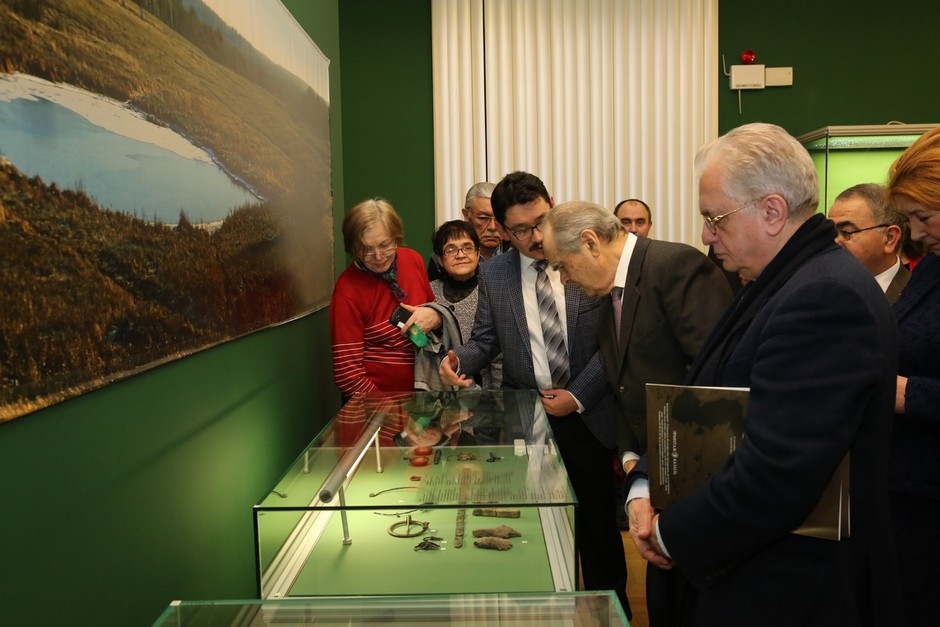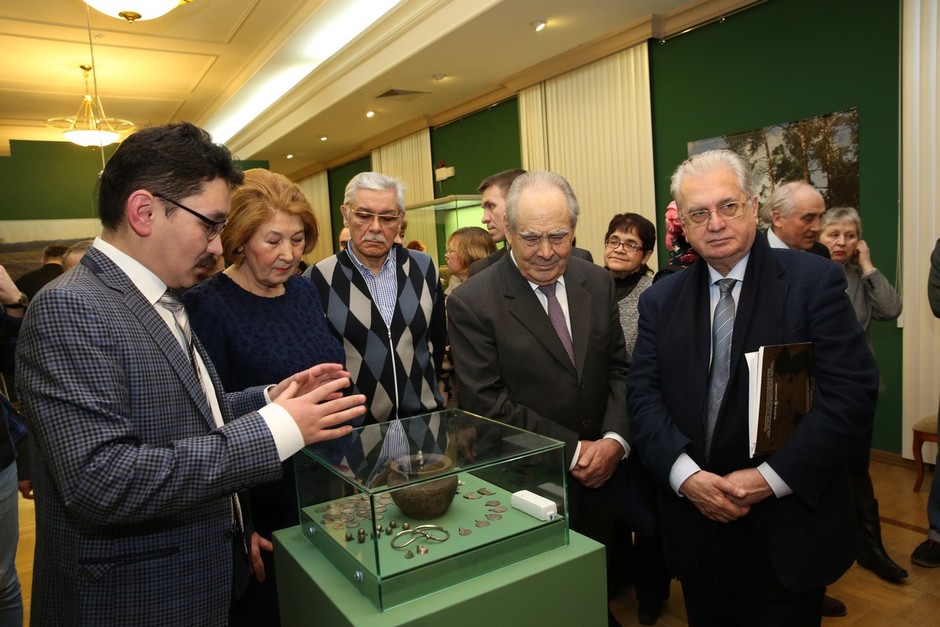Journey from Baghdad to Bolgar in Hermitage-Kazan
20,000 unique exhibits that seem to illustrate Risala (guiding note) of Ahmad ibn Fadlan, a diplomat, who visited Volga Bolgaria in 921-922, is an unprecedented exhibition that opened in Hermitage-Kazan. Most exhibits, which came to the Kazan Kremlin not only from the Hermitage Museum but also from many leading Russian museums, have being demonstrated for the first time. Correspondents of Realnoe Vremya visited the opening of the exhibition.
No. 1 in the rating of events
A press conference traditionally preceded the 15th exhibition of the fund of the Hermitage Museum. The director of the Hermitage Mikhail Piotrovsky was the main character who put his unchangeable scarf on.
Opening the press conference, the director of the museum-reserve The Kazan Kremlin Zilya Valeyeva noted the uniqueness of the opening of the exhibition called Ibn Fadlan's trip: Volga journey from Baghdad to Bolgar. 'If there were a rating in terms of importance of museum events, the opening of today's exhibition, this ambitious project, would be No. 1.'
Exhibits from the State Historic Museum, Museum of the East, museums of Samara, Volgograd, Astrakhan besides the objects of the funds of the Hermitage Museums. Our museum-reserve The Kazan Kremlin and Mardjani Foundation helped a lot in the organization of the exhibition.
Mikhail Piotrovsky was asked a question whether this exhibition would be presented in other cities, so, in answer to it, he disappointed: 'The exhibition will be held in Kazan for 6 months because no museum would give its exhibits for a long period. This is why this exhibition won't be shown anywhere except Kazan. So, if someone is interested, they should come here. One should learn to visit exhibitions.'
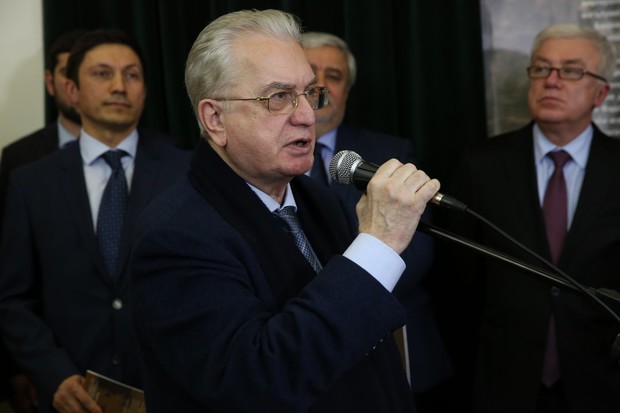
According to Zilya Valeyeva, they hope that the new exhibition will attract not only local people and guests from other cities but also foreign tourists to the halls of the exhibition centre.
The opening ceremony was held in the exhibition hall and gathered a lot of people, so that a part of them had to stay in the landing. The first President of Tatarstan and the state councillor Mintimer Shaimiev who was present at the opening of the exhibition spoke with emotions, as usual: 'Fifteen exhibitions in Kazan is happiness! It should be appreciated. We should express our gratitude to Mikhail Piotrovsky for the collaboration and his presence at openings of exhibitions'.
It is a curious detail: according to Shaimiev's estimations, this year, the Piotrovskys celebrate their anniversary – they have been heading the Hermitage Museum for 50 years. Boris Piotrovsky had been heading the museum during 26 years, and now his son Mikhail Piotrovsky has been holding this position for 24 years. Ismail Shafik Mukhsin, an honoured guest and the Ambassador Extraordinary and Plenipotentiary of Iraq in the Russian Federation, emphasized the importance of the exhibition.
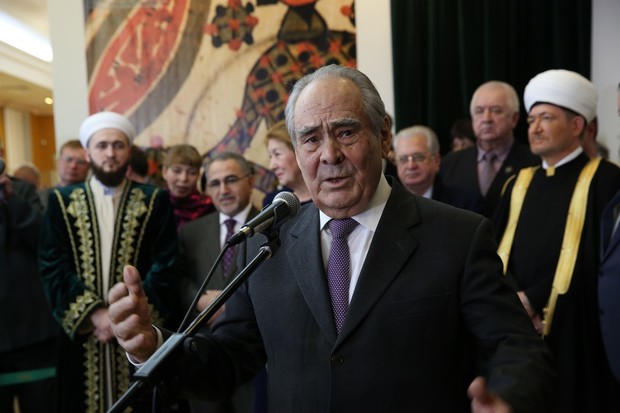
Second person of embassy
Ahmad ibn Fadlan was the second person of the embassy Abbasid Caliph of Baghdad who was sent to the ruler of Bolgars in 921-922. He became an intermediary between the world of the Arab civilization and peoples of East Europe. The mission was carried out, landscapes changed, and Ibn Fadlan wrote his notes based on what he saw, including the life of the Volga Bolgaria that adopted Islam. In this respect, this guiding note of 'the second person of the embassy' is a unique historic source for future generations.
His Risala, in other words, guiding notes, is a priceless document describing the life, temper, culture, way of life of the people the embassy met. The uniqueness of the exhibition is that the text of his 'Notes' is illustrated with authentic things of the people whose life and culture he described.
On the exhibition, the geographical and chronological frameworks are wider because the purpose of the exhibition is to show not only the world of Ibn Fadlan's era but also those that were connected with Khazars, Volga Bolgaria, Ancient Rus, to demonstrate the development of the government, trade, culture and diplomacy. This educated Arab, the author of the book, meets different worlds. Some of them are close to him, some worlds contradict his philosophy. He makes his own guiding notes using a bright and figurative language. He is observant and inclined to analysis.
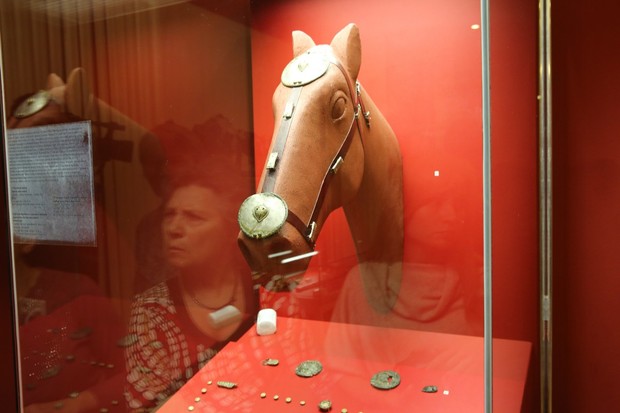
Although these worlds are different, they collaborate with each other. Not only fur, silks, adornments and victuals but also new ideas and new literary plots are found on the trade route where the caravan of traders from Khwarezm and Ibn Fadlan travels.
Spectator, who visits the exhibition, is going to follow the route of Ibn Fadlan, who was here thousands of years ago. And authentic exhibits of that era – for instance, bronze Iranian jug of the 8th century, a plate with a 'Hungarian horseman', Bolgarian signet rings, Perm pendants, Alan belts, etc.
Bolgarian dirham mentioning the glorifying name of the ruler of Bolgaria, which was noted by Ibn Fadlan, is one of the gimmicks of the exhibition. In brief, almost 2,000 exhibits are a wonderful illustration to the guiding notes of the observant and ingenious writer Ahmad ibn Fadlan. By the way, Mardjani publishing house prepared a new translation of his Risala by the exhibition.
